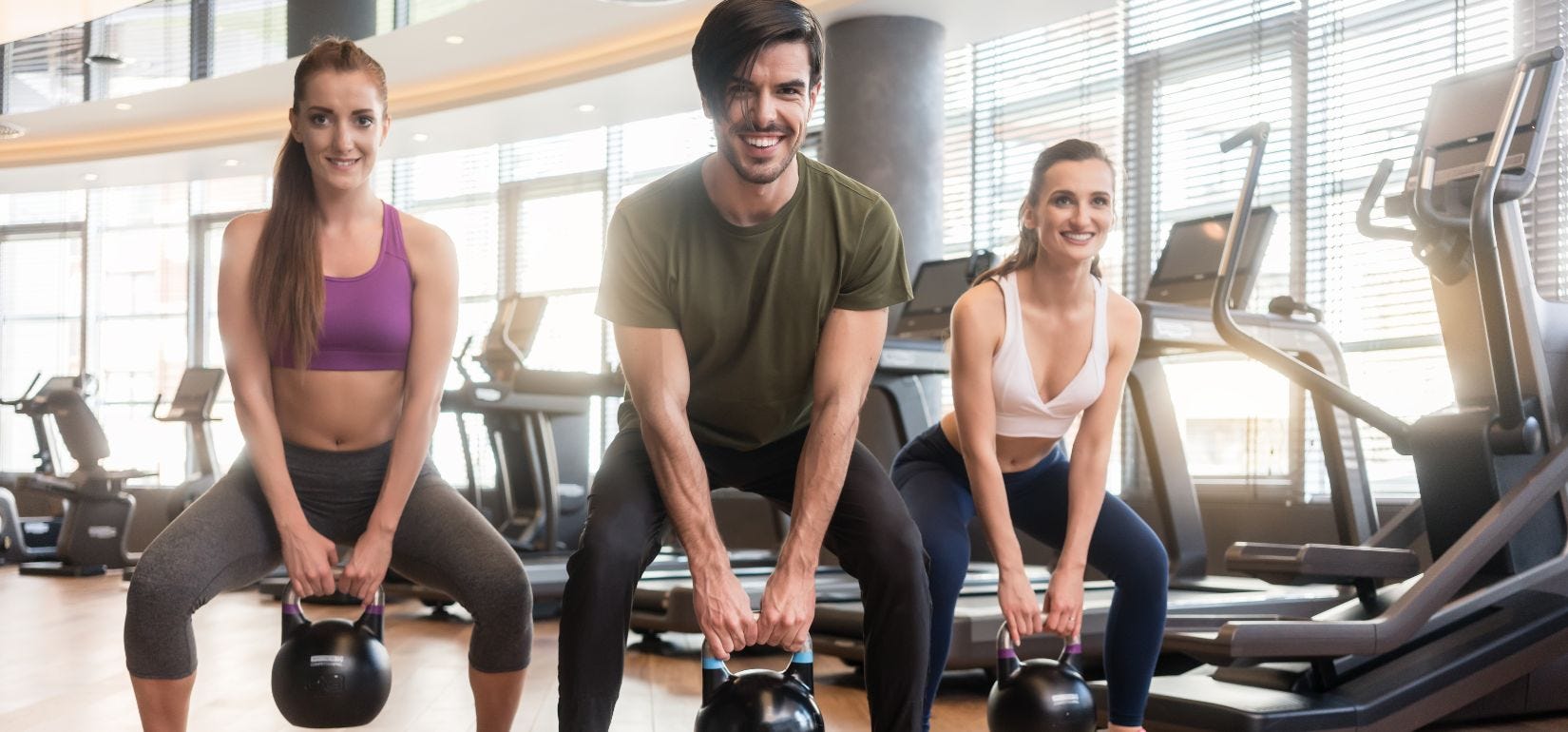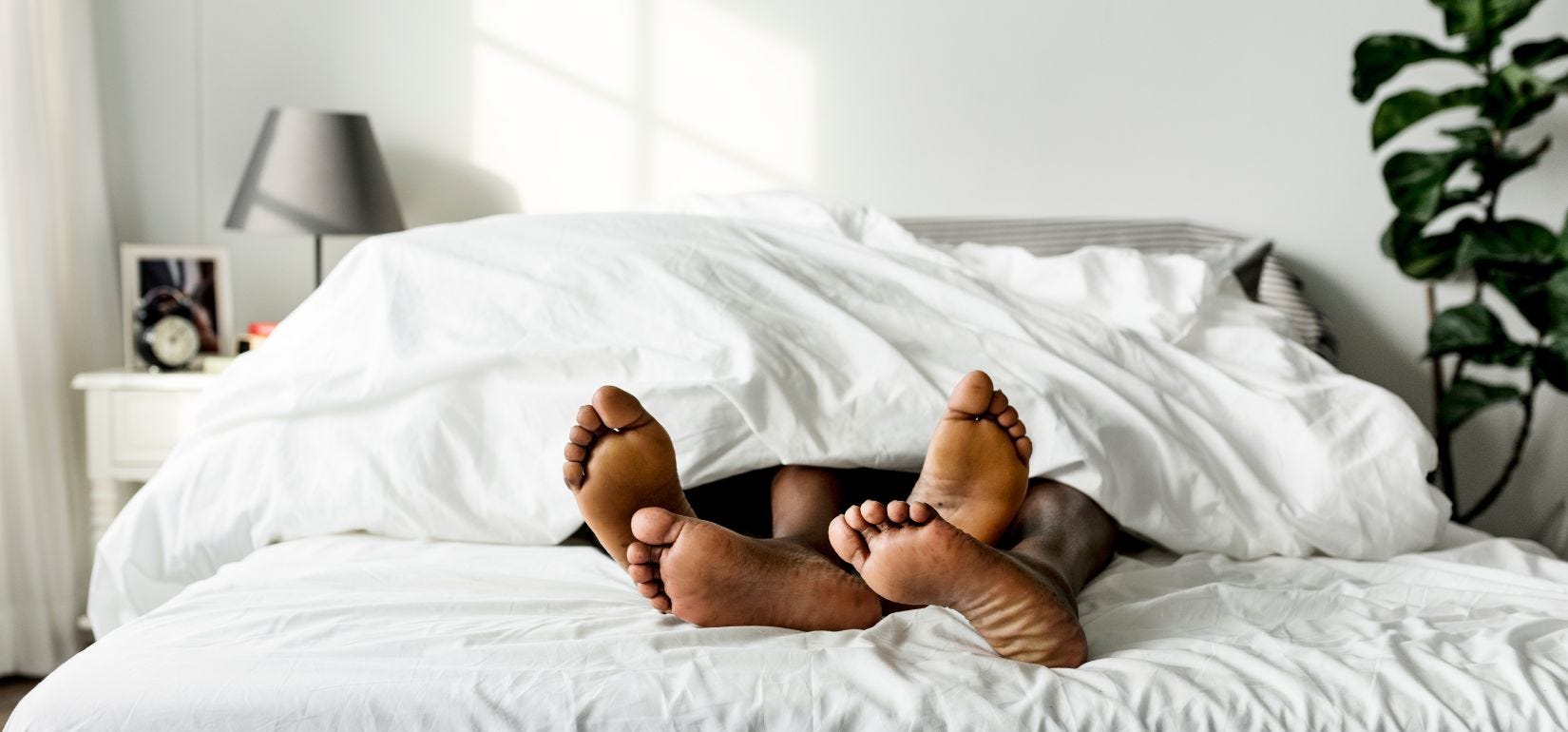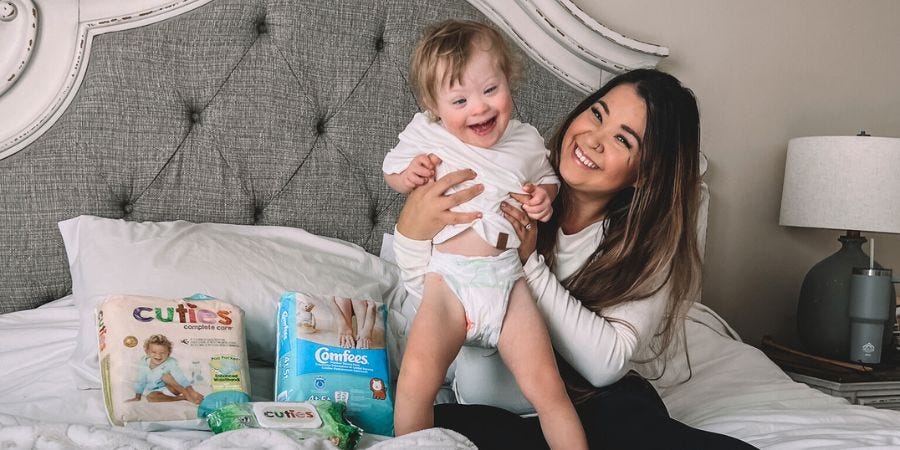This piece has been medically reviewed by Aleece Fosnight, MPAS, PA-C, CSC-S, CSE, NCMP, IF, Medical Advisor to Aeroflow Urology.
Remember when your parents would tell you, “Go pee, just in case?” Well, it turns out that using the bathroom when you don’t actually need to go is bad for your bladder!
Heading to the toilet when you don’t need to pee can cause bladder problems down the line, such as increased urges to urinate and frequent urination– both of which are symptoms associated with urinary incontinence (UI).
Use this post to understand why you should stop going when your bladder isn’t full and what to do instead to support a healthy bladder.
The Urinary System
Your amazing urinary system allows you to hold and release urine- a function called continence. There are 5 main parts of the urinary system that make peeing possible.
Kidneys: Your two kidneys filter your blood and produce urine.
Check Your Eligibility
2 Easy Steps
Discover the continence care essentials available through your Medicaid plan.
Ureters: Not to be confused with the urethra, your two ureters push urine out of the kidneys and into the bladder.
Bladder: The bladder is located below the kidneys in your abdomen. Its hollow interior stores urine and empties it out of the urethra, allowing you to rid your body of waste, possible bacteria, and toxins throughout the day.
Urethral sphincter: Your sphincter surrounds the urethra and controls the outflow of urine.
Urethra: A tube running from your bladder through your vagina or penis that allows pee to exit the bladder.
How We Pee
Bladder capacity for most people maxes out at around 10-15 ounces of urine, but it varies from bladder to bladder, depending on other factors you may be experiencing. For example, pregnancy, constipation, and obesity can put extra pressure on your bladder, decreasing the amount of pee you can hold without needing to void your bladder.
Most people with healthy bladders urinate 6-8 times in 24 hours, usually every 3-4 hours.
But how does your body know when to pee?
According to Dr. Alicia Jeffrey-Thomas, a Pelvic Floor Therapist, your bladder has 3 levels of "filling sensations."
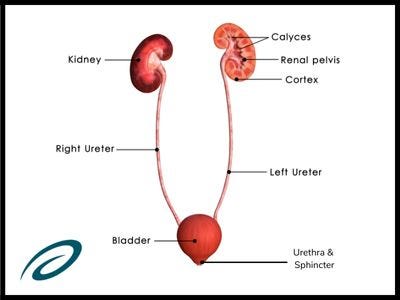

- Awareness Level: The bladder is only holding a small amount of urine (4-5 ounces), and there’s no need to go.
- Prepare Level: Your bladder is about halfway full (7-15 ounces) and lets the brain know it’s almost time to use the bathroom. This is when you’d usually feel the first urges to pee.
- Emergency Level: You have a full bladder (10-20 ounces of urine), and it tells your brain to void the urine immediately.
Usually, when the urine has filled up about half of your bladder at the “prepare level,” it sends a signal to your brain through the spinal cord, letting you know it’s time to find a bathroom. Then, when you sit on the toilet, your brain sends a message to the bladder muscles telling them to tighten. At the same time, your sphincter muscle relaxes and allows urine to pass through and exit out of the urethra.
Why You Shouldn't Go "Just In Case"
The healthcare community agrees: Going pee "just in case" can damage your bladder!
While doing it once in a while won’t harm you, making a habit out of it can damage and alter the way your bladder functions.
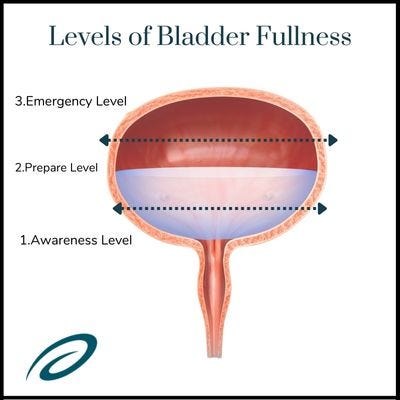

What Happens When You Pee When Your Bladder Isn't Full
- Your bladder muscles don’t contract correctly. When urine is at the “prepare” level (over half full), your bladder sends signals to the brain, and the brain sends a message back that tells your bladder to contract and your sphincter to relax, allowing you to pee with ease. Peeing when your bladder is not full means these messages are never sent, so your organs won’t function properly.
- You force urine to come out (because your bladder isn’t contracting), weakening your pelvic floor muscles.
- The bladder is being trained to empty at smaller volumes.
- You decrease the amount of pee your bladder can hold.
Here's How You'll Be Affected
- You’ll feel the urgent need to pee even when your bladder is only slightly full.
- You’ll take more trips to the bathroom (only now, you’ll actually have the “gotta go” feeling beforehand).
- You might leak urine if you can’t get to the bathroom in time.
- You may wake up at night to pee.
What Type of Incontinence Can Develop?
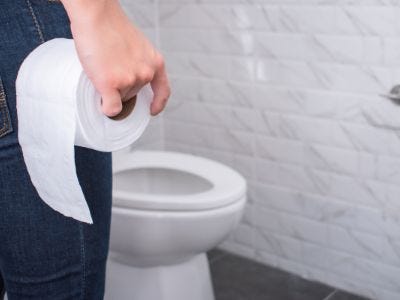

Overactive bladder (OAB) is the main type of incontinence that develops from using the bathroom when your bladder isn’t full. Symptoms of OAB include:
- Feeling the sudden and urgent need to empty your bladder.
- Urinating frequently (more than 8 times in 24 hours).
The Right Way to Go & How to Help Incontinence Symptoms
Everyone’s bladder is unique, but the proper way to pee is as simple as listening to your body’s signals! Use the following guidelines to keep your bladder healthy.
- Go to the bathroom when you feel the urge.
- Don’t hold your urine (this can stretch your bladder).
- Don’t pee before you actually need to.
- Try bathroom retraining. To do this, delay peeing by 5 minutes when you feel the urge to go. Then, extend that by another 5 minutes and continue this pattern until you can hold your urine for longer periods.
- Aim to use the bathroom every 2-3 hours while remembering to listen to your body.
- Contract your pelvic floor muscles by giving them a quick squeeze; This will let your brain know you're not ready to empty your bladder yet.
- Note if you’re peeing more than 8 times in 24 hours, as this could indicate OAB.
- See a pelvic floor therapist or urologist about incontinence symptoms.
- Give yourself enough time in the bathroom.
- Don’t push urine out; relax and let it flow naturally.
- Empty your bladder completely to prevent overflow incontinence.
- Ensure you’re wiping and cleaning up properly to prevent urinary tract infections (UTIs).
- Parents- let your kids use the bathroom when they need to rather than telling them to go “Just in case!”
Get Incontinence Products With Aeroflow Urology
If you’re worried about leaking when you can’t get to the bathroom on time or at night, adult briefs, protective underwear, and bladder control pads may relieve some of your anxiety, especially if you're trying bladder retraining, which can take up to 3 months to complete. These super-absorbent products catch leakage and keep you dry for hours while soothing your skin. They’re also discreet enough to be worn under any type of clothing, so you can wear them outside the house without anyone knowing.
If you have Medicaid and incontinence, you may be eligible to get your incontinence supplies mailed to you in unmarked boxes for free with Aeroflow Urology!
Other than the cost savings we may be able to provide you or your family with, our team of Continence Care experts is knowledgable and helpful, and they ensure you’re choosing the right products for your unique needs by sending you free samples before confirming your monthly order.
To see if you qualify for incontinence products covered by insurance, fill out our Eligibility Form. If you do qualify, we’ll...
- Reach out to your healthcare provider for a prescription on your behalf. *If you’d like to get your supplies faster, you can contact your provider’s office ahead of time to let them know we’ll be asking for your prescription!
- Ship your order to your front door in discreet packages for free.
- Remind you when it’s time to refill supplies through your preferred choice of communication.
- Continue to provide you with helpful content on our Aeroflow Urology blog.
Fitz, F., Sartori, M., Girão, M. J., & Castro, R. (2017). Pelvic floor muscle training for overactive bladder symptoms – A prospective study. Revista Da Associação Médica Brasileira, 63(12), 1032–1038. https://doi.org/10.1590/1806-9282.63.12.1032
Information provided on the Aeroflow Urology website is not intended as a substitute for medical advice or care from a healthcare professional. Aeroflow recommends consulting your healthcare provider if you are experiencing medical issues relating to incontinence.




